 I am happy to say it is now official. California has a state amphibian: the California red-legged frog.
I am happy to say it is now official. California has a state amphibian: the California red-legged frog.
The California red-legged frog is a rare species found almost exclusively in our state. It was once commonly found throughout California, but in 1996 the U.S. Fish and Wildlife Service designated it as “threatened” under the Endangered Species Act, due to the disappearance of the species from about 70 percent of its range.
Occurring in isolated locations in 20 of the state’s 58 counties, the U.S. Fish and Wildlife Service identified one critical habitat unit for the California red-legged frog in Los Angeles County. It is located in a portion of San Francisquito Canyon, east of Castaic Lake and Lake Hughes Road. (See the shaded area labeled LOS-1 in the map below.)
The adult California red-legged frog is between two and five inches long and is the largest native frog in the western United States. It became famous when Mark Twain featured it in his short story, “The Celebrated Jumping Frog of Calaveras County.”
 California previously did not have a state amphibian, although more than 20 other states have them. So last fall, students at Sea View Elementary in Salton City, Calif., with the assistance and encouragement of teacher Virginia L. Haddad, decided to advocate for the red-legged frog to become the official state amphibian. They sought the help of Assemblyman V. Manuel Pérez, who introduced AB 2364, which declared the red-legged frog as the state amphibian.
California previously did not have a state amphibian, although more than 20 other states have them. So last fall, students at Sea View Elementary in Salton City, Calif., with the assistance and encouragement of teacher Virginia L. Haddad, decided to advocate for the red-legged frog to become the official state amphibian. They sought the help of Assemblyman V. Manuel Pérez, who introduced AB 2364, which declared the red-legged frog as the state amphibian.
Two of the students went to Sacramento to testify in support of the bill before the Assembly Committee on Water, Parks and Wildlife. The bill passed the Assembly on April 24 and went on to the Senate, where it also passed. Then, on June 30, Gov. Jerry Brown signed AB 2364 into law.
Pérez said he was pleased the legislation was the first of his bills this year to be signed by the governor.
“As a former educator,” he said, “working with Sea View Elementary has been very gratifying for me. I want to particularly thank students Samantha Lambarena and Freedom Payne. This success of this bill is a validation of their vision, hard work and persistence. I’m so proud of them, and I hope that others will be inspired by their actions.”

Haddad with some of her students.
The industrious and civic-minded efforts of Haddad and her students cannot be overstated. How many elementary school students do you know who come across a problem or issue such as these students did and choose to tackle it head-on?
It would have been much easier for them to do nothing upon learning that California did not have a state amphibian – but they didn’t. It would have been much easier for Haddad to tell the students they were in over their heads, that there was nothing that they could do – but she didn’t. Together, they made history and had the learning experience of a lifetime doing it.
Although the designation of the California red-legged frog as the state amphibian will not provide it with any new protection, the new status hopefully will spotlight its significance to California history, culture and ecology, so that more people will be inspired to work to protect it.
Linda Castro is a former attorney who is a nature enthusiast and animal lover. She currently serves on the board of the SCV-based Community Hiking Club. Her articles highlight local and community stories that are heartwarming, uplifting or inspirational. If you have a story you’d like to share with her, contact her at poisonoak.linda@gmail.com. Include photos if you’ve got them.
READ MORE about the California red-legged frog [here].

Like this:
Like Loading...
Related






 Tweet This
Tweet This Facebook
Facebook Digg This
Digg This Bookmark
Bookmark Stumble
Stumble RSS
RSS



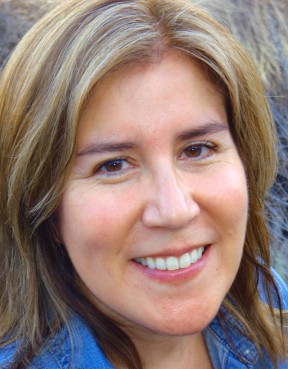
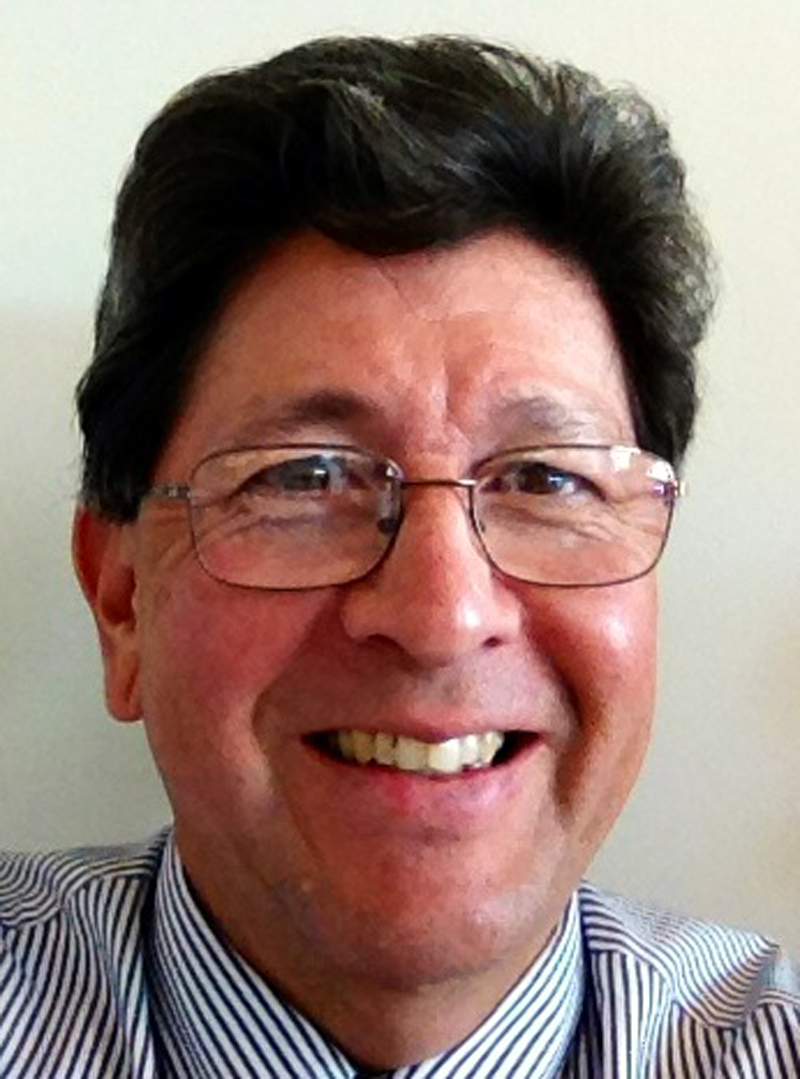

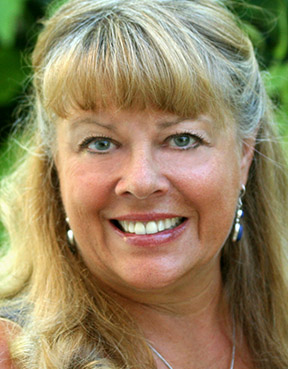


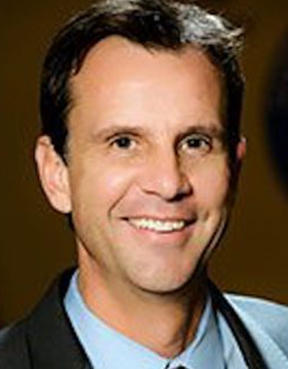


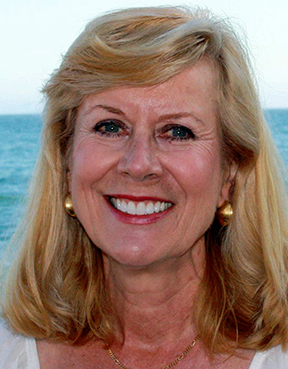































REAL NAMES ONLY: All posters must use their real individual or business name. This applies equally to Twitter account holders who use a nickname.
1 Comment
It’s a shame that Elizabeth Lake and Lake Hughes aren’t conservation sites. The Sierran Chorus Frog, California Frog and Red-Legged Frogs are all present here but the water in Southern California’s only naturally-occurring lakes is seasonal. Over the years, proposals have been made and dropped to move excess water that would normally be let out to sea to go into these sag ponds located in Northwest Los Angeles County.
It really should be a focus because these lakes also support(ed) Western Pond turtles, migratory birds and associated birds of prey (including Swainson’s Hawk, another species that needs expanded hunting ranges to survive which Southern California’s few natural lakes provide).
If Elizabeth Lake and Lake Hughes could be kept filled it would also serve to mitigate wildfire hazards (i.e. could have been used to bring the Lake Fire under control in August 2020 had the lakebed not been dry and water-dropping aircraft not forced to go to Castaic for water).
In summer 2023 the frogs are again singing their nightly chorus because the lakes have not dried up this season unlike in the past three years. Frogs and toads emerge by the thousands during wet weather (i.e. tropical storm Hilary), only to be subject to passing cars on Elizabeth Lake Rd (N2).
This area is surrounded by Angeles National Forest but seems highly neglected. The nearby Elizabeth Lake Picnic and Day-Use area has been cut in half (no media reports exist to explain why an “upgrade” resulted in the parking lot, park benches and restrooms being halved). In addition, Tree of Heaven infestation (State-identified invasive species) is horrendous here and are quickly overtaking the Lake Fire burn scar areas, crowding out native species.
The dirty little secret that has remained true despite the ravages of climate change is that California allows immense amounts of water to run off into the ocean, even in drought years. Voters passed legislation years ago (2014?) to build new reservoirs but because those projects haven’t happened yet, millions of gallons are released into the sea every single year (even at a time when the federal government is cracking down on California’s Colorado River drawing rights).
Environmental groups need to balance the need to protect local species (i.e. where would-be reservoirs might be built) against the wellbeing of the State at large, much of which is needlessly starved for water because water capture and existing lakebeds are allowed to go dry rather than being utilized as a resource.
Citizens and conservationists need to come together to demand accountability because there is shockingly little being done by State/local leaders to manage water resources despite frequent talk on the part of Democrats in Sacramento about climate change. Rather than contemplate, as happened last year, buying out Central Valley farmers’ water rights and essentially killing off California’s bread basket one “easy target” at a time, the fundamental work of capturing rainwater to ensure it is not redirected to the ocean needs to be the first order of business. When we can do the hard things — and build actual infrastructure to make water capture/sequestration possible and it STILL doesn’t alleviate the State’s perpetual water emergency — then we can talk about depriving the country and indeed the world of a significant portion of the world’s fruit, vegetable and nut food supply. After all, the nation can’t eat on Iowa corn, alone.